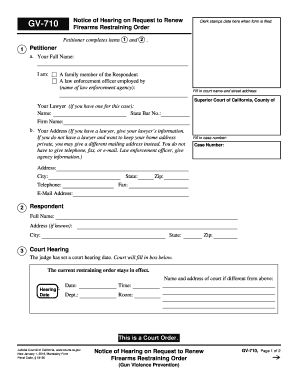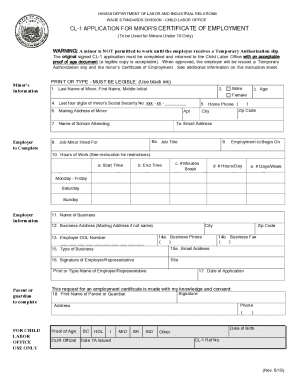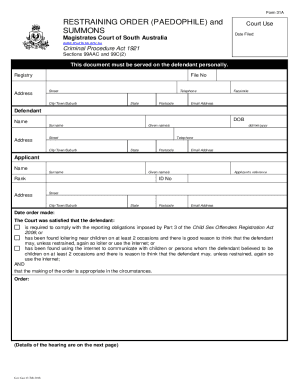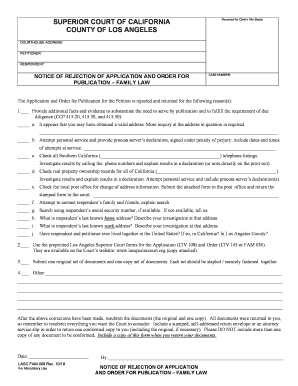Ensure your company's performance with Judicial council restraining Order Forms templates. Select order documents, adjust and send them with your customers in a few clicks.













Boost your form managing with our Judicial council restraining Order Forms online library with ready-made templates that suit your requirements. Get your document, edit it, fill it, and share it with your contributors without breaking a sweat. Begin working more effectively together with your documents.
The best way to use our Judicial council restraining Order Forms:
Discover all of the possibilities for your online document administration with our Judicial council restraining Order Forms. Get your totally free DocHub account right now!